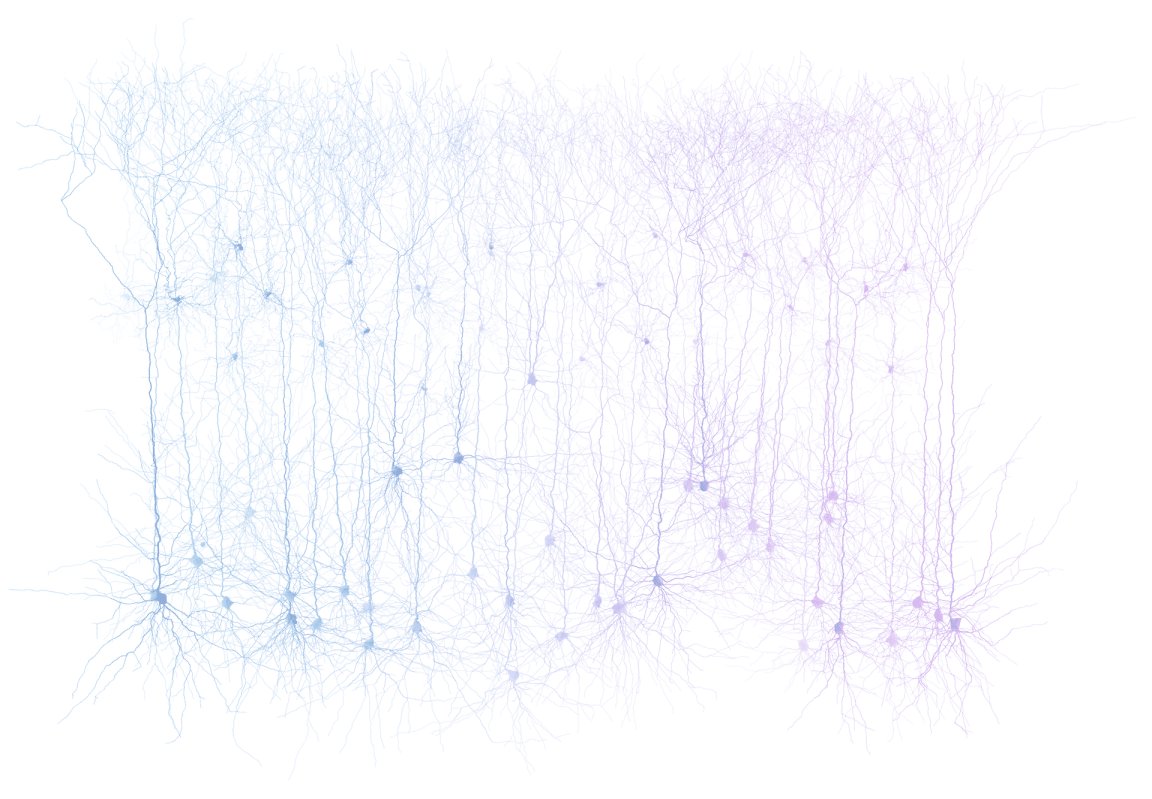
The CERN of the Brain
On 19 September, teams of scientists from 21 neuroscience laboratories officially launched an ambitious new venture: to form an international megalab, made up of a network of existing labs, with the singular goal of better understanding how the brain makes decisions.
It may be surprising that scientists have yet to crack what, at least on the surface, seems to be a fundamental question of neuroscience. Alas, our understanding of how the brain decides is rough.
A possible reason for this lack of understanding could be the lack of collaboration in the field. It is common for different labs to be working on answering the same question or solving the same problems, yet their methods may vary widely, thus making it impossible to adequately compare results. This initiative will ensure that all labs are working on the same question in exactly the same way.
Anne Churchland, a neuroscientist involved in the project at Cold Spring Harbor Lab in New York, described the philosophy of the project to The Guardian in terms of a proverb: “Ultimately, the reason it’s worth addressing is in the proverb: ‘alone we go fast, together we go far,’” she explained.
The project is focusing first on perceptual decision-making, in which the brain responds to simple stimuli like sounds. Results from the team’s work will all be analysed by identical software and shared throughout the network instantly.

The Brain Studies Itself
The project has been dubbed the International Brain Laboratory (IBL) and received initial funding to the tune of $14 million from the Simons Foundation and the Wellcome Trust. Half of the team will work on performing the experiments, and the other half will be focusing on developing theoretical models of the brain’s decision-making process. At the start, researchers will participate from University College London, Princeton, Stanford, Columbia, Cold Spring Harbor Laboratory, the University of California Berkeley, the University of Texas at Austin, the Janelia Research Campus of the Howard Hughes Medical Institute, the University of Geneva, Ecole Normale Paris, and the Champalimaud Centre in Lisbon. More are expected to join throughout the 10-15 year duration of the IBL.
Understanding exactly how the brain works is useful for more than strictly academic reasons. Some companies are working to integrate technology with our brains to augment its information processing power. Bryan Johnson’s Kernel and Elon Musk’s Neuralink are both working on better understanding the brain so they can use their technology to augment human intelligence.
The IBL’s research could also help with the development of artificial intelligence. Machines are already capable of deep learning thanks to the advent of neural nets, which allow computers to process information similarly to the brain. Getting a better grasp on the minute intricacies of how the brain functions could help speed along the development of these networks, and bring us closer to true AI.
Brain-computer interfaces could help to keep humans and super-smart AI on the same playing field, even after the Singularity. The work being done by the IBL could be an important part of these developments, and working together to solve the world’s biggest mysteries is the best way to unlock the full potential of our collective intellects.
Disclosure: Bryan Johnson is an investor in Futurism; he does not hold a seat on our editorial board or have any editorial review privileges.